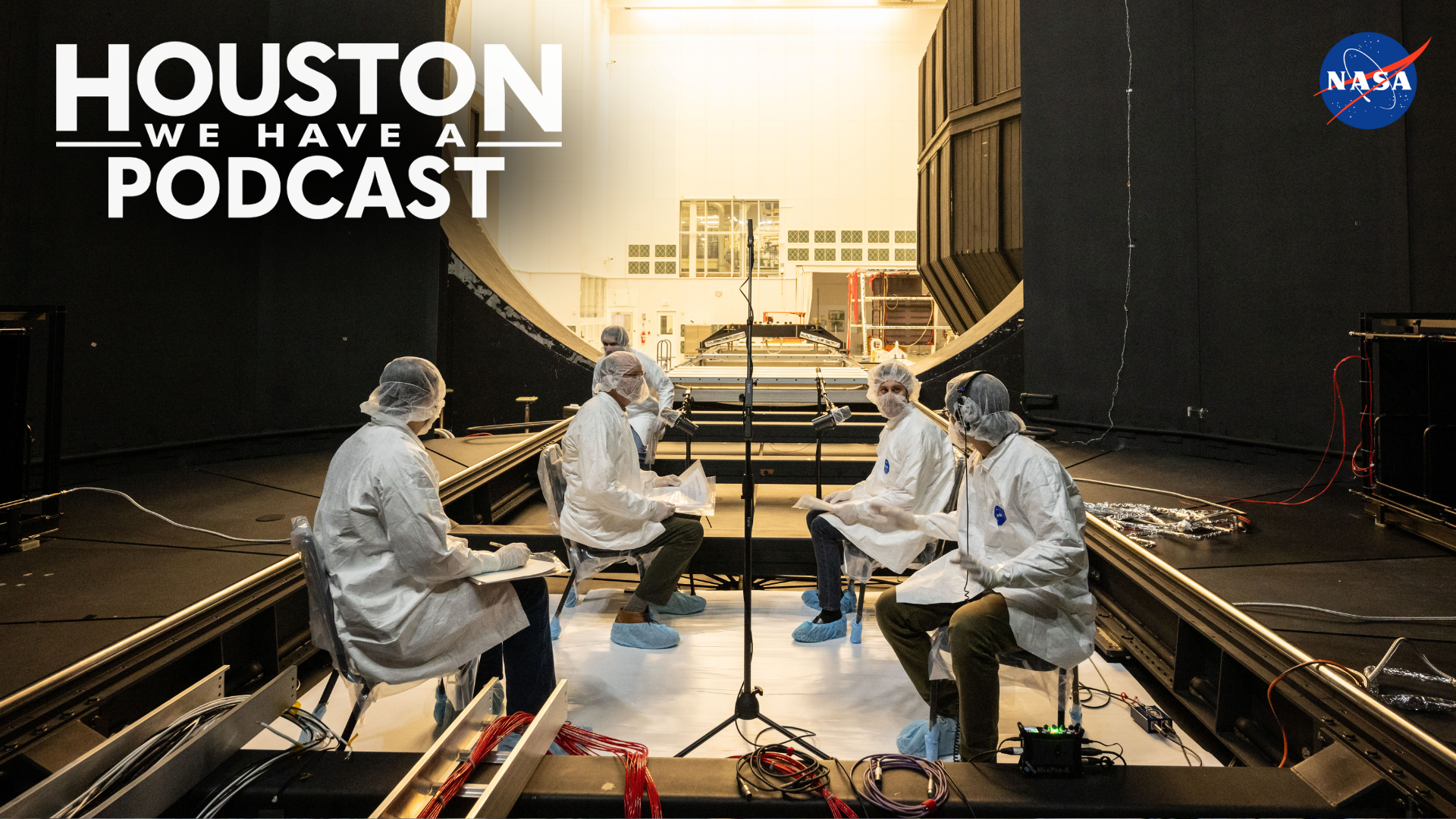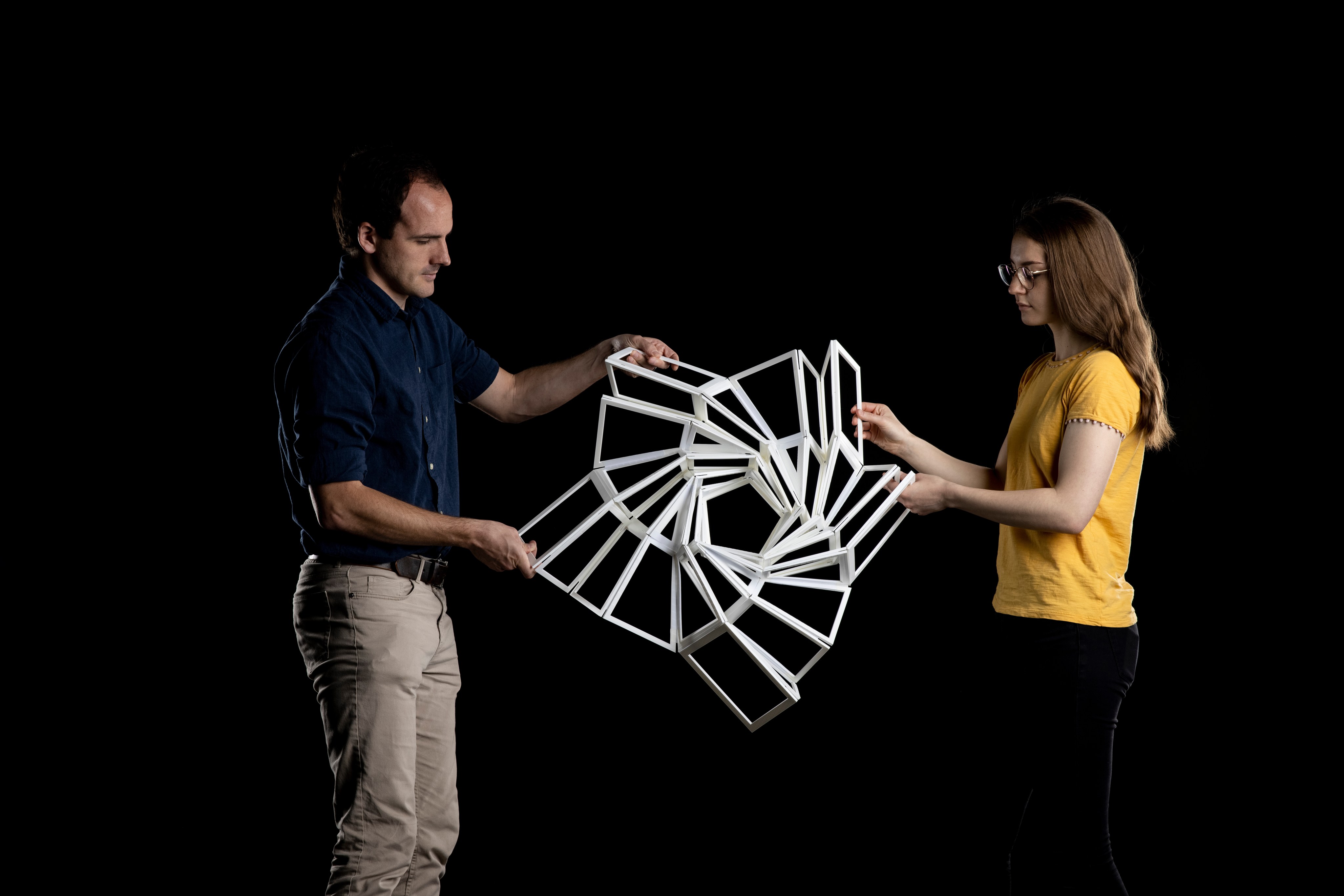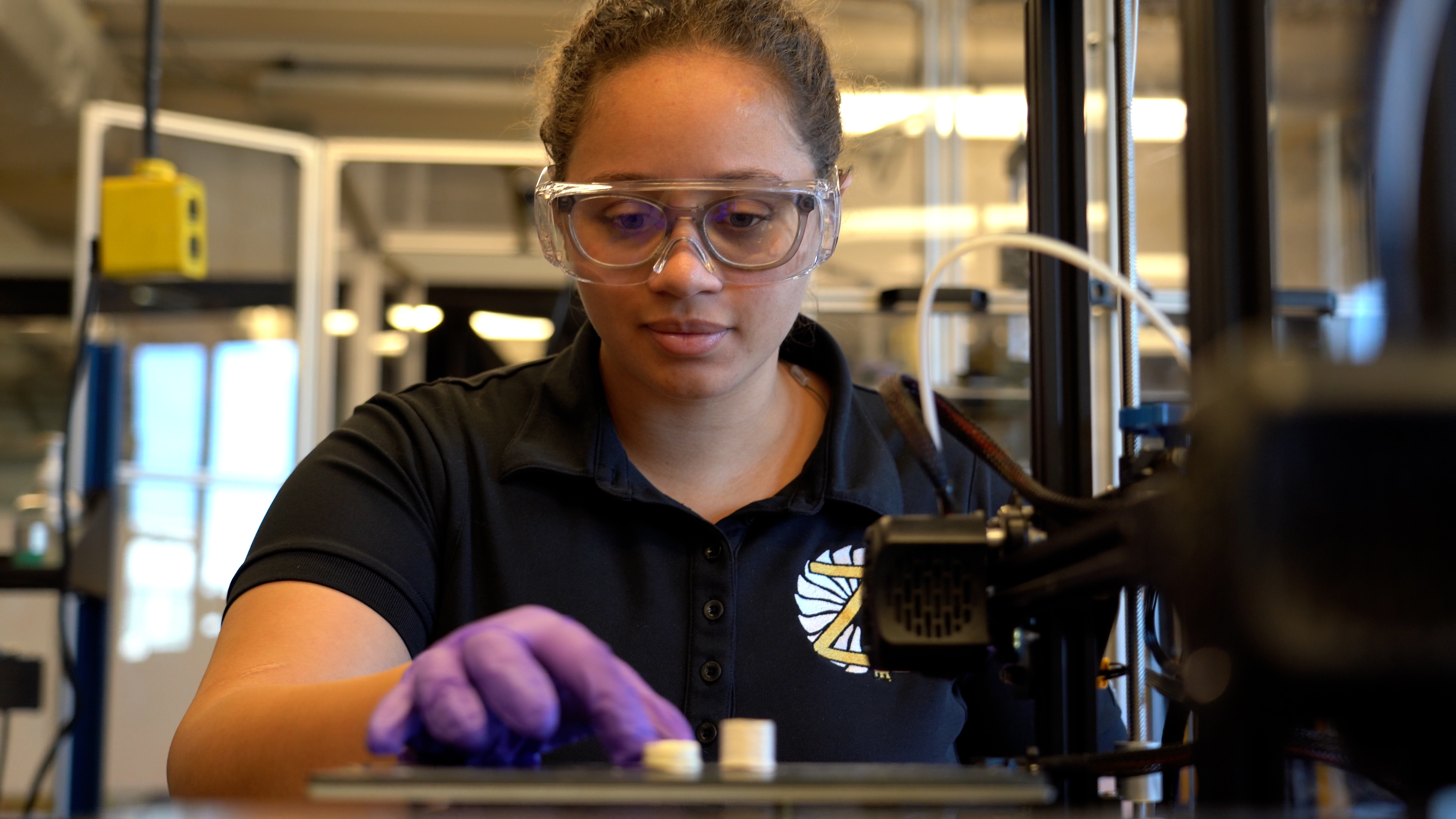Achieving the Science Mission Directorate’s groundbreaking science goals often requires significant technological innovation—e.g., new instruments or cutting-edge capabilities. Each SMD science division—Astrophysics, Biological and Physical Sciences, Earth Science, Heliophysics, and Planetary Science—develops new technologies targeted to enable SMD science. Often, these efforts are accomplished via division-sponsored technology development or mission programs. The directorate also sponsors collaborative workshops where stakeholders examine how innovative technologies can enable Agency missions. In addition, SMD coordinates with other NASA directorates, government agencies, industry, and academia to ensure its research programs and missions have the technology they need to accomplish revolutionary science.
Technology Highlights
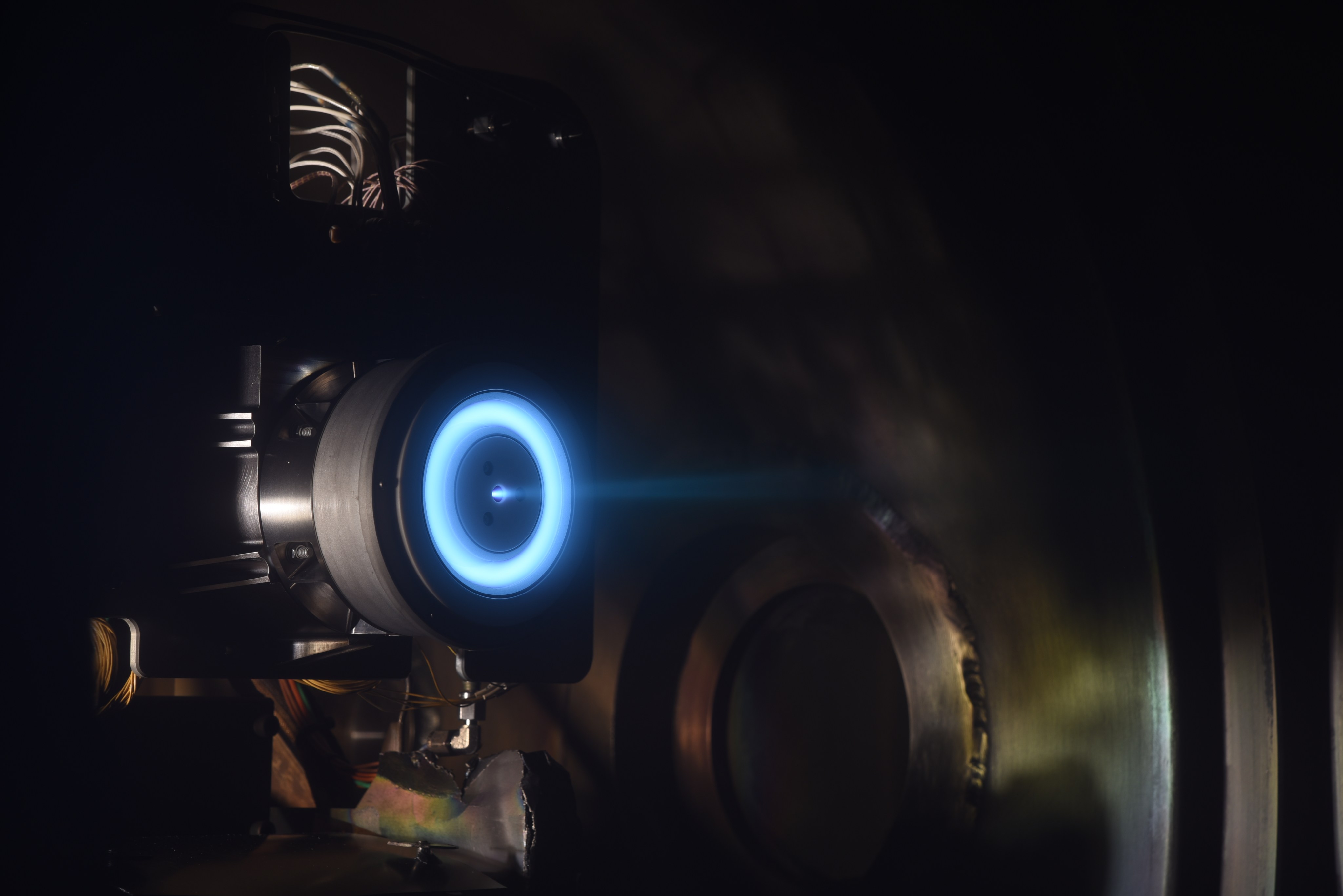
Pushing the Limits of Sub-Kilowatt Electric Propulsion Technology to Enable Planetary Exploration and Commercial Mission Concepts
NASA has developed an advanced propulsion technology to facilitate future planetary exploration missions using small spacecraft. Not only will this…

Making Ultra-fast Electron Measurements in Multiple Directions to Reveal the Secrets of the Aurora
The energetic electrons that drive the aurora borealis (the northern lights) have a rich and very dynamic structure that we…
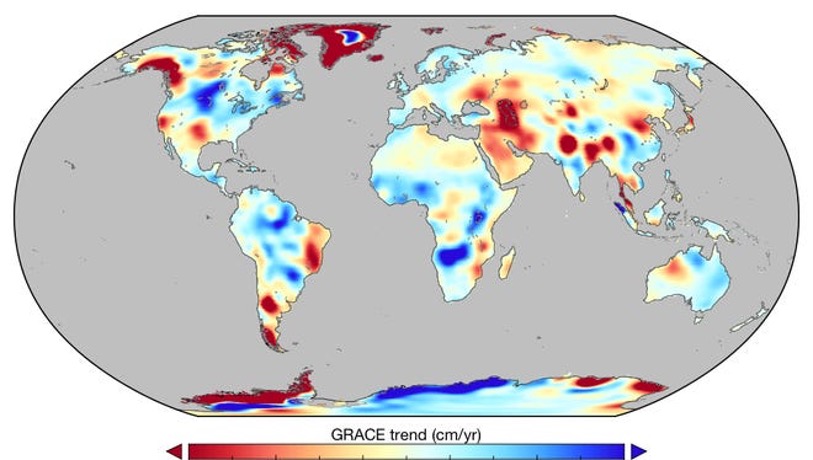
New NASA Software Simulates Science Missions for Observing Terrestrial Freshwater
From radar instruments smaller than a shoebox to radiometers the size of a milk carton, there are more tools available…
2023 Technology Showcase
Fostering discussions about innovative new technologies that may substantially improve future planetary science missions.
Learn More


